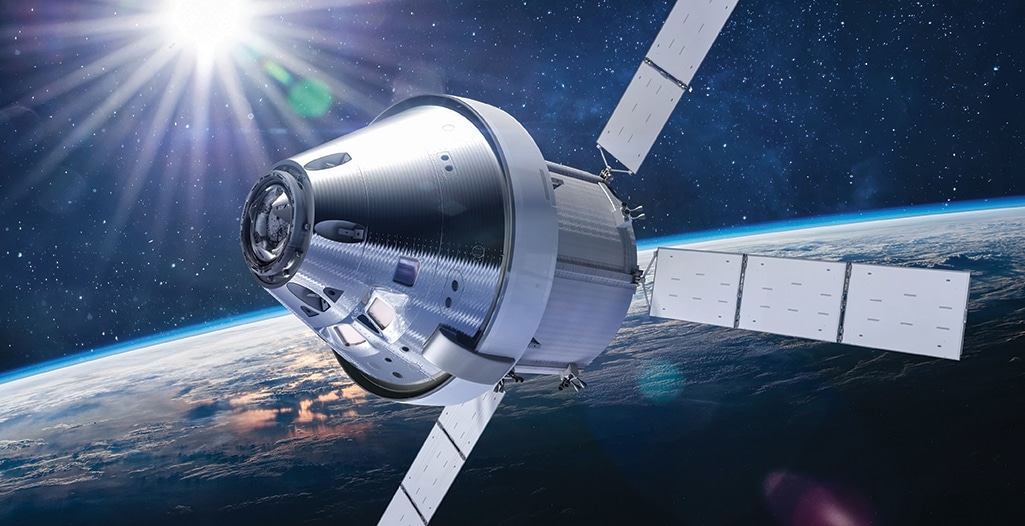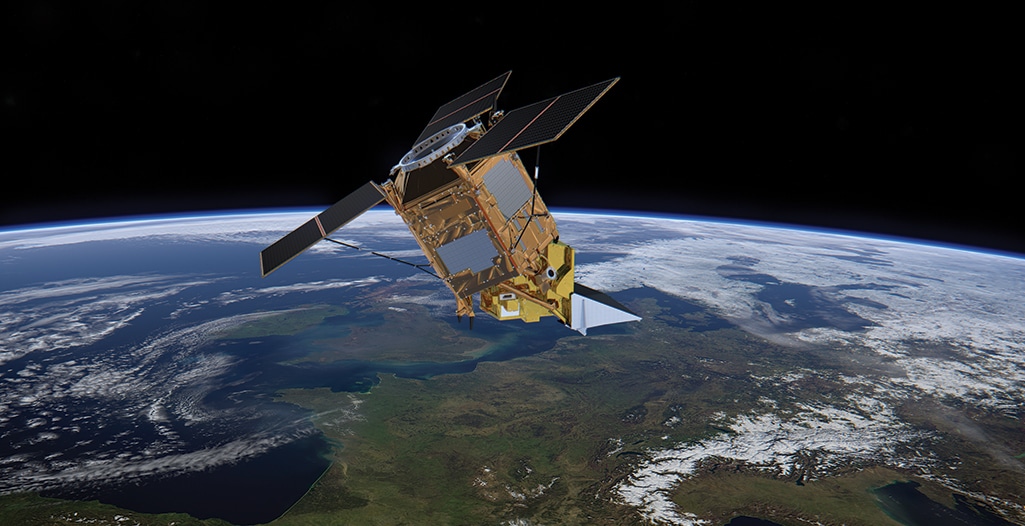Space and STEM: Exploration Requires Talented New Recruits
How often do you check your smartphone for messages or look something up on the internet? How often do you use a map application? How often do you look at the weather forecast? For many people in the developed world, the answer is at least once a day.

The Role of Space in Our Lives
What proportion of the population who use these services knows that space and satellite systems play a critical part in providing them? The answer is probably a surprisingly small percentage. In fact, a recent survey carried out by Inmarsat suggests a sizeable population associate “space” with science fiction, Star Wars and aliens.1
Of course, there are many other critical applications of space systems, including disaster monitoring, search and rescue and climate monitoring to name but a few. There are secondary benefits too, with many pioneering and innovative space technologies improving our lives on Earth.
As the space industry grows, so does the economy. Current estimates of the global space economy stand at over USD350 billion. This figure is expected to exceed USD1 trillion by 2040.2 With space so critical to modern life, how do we communicate its importance to people and recruit them into the industry?
Inspiring People
The first Space Age saw Russia’s launch of the Sputnik 1 spacecraft in 1957, Yuri Gagarin’s first space flight, the 1969 Apollo 11 Moon landing and the safe return of the Apollo 13 mission. Many people who witnessed these events at the time were inspired by what humans could achieve.
Human exploration of space in the following decades was somewhat closer to home with building and living on space stations, the latest and largest being the International Space Station. Whilst the Russians have continued to use their Soyuz rocket and spacecraft originally developed in the first Space Age for transport to and from the ISS, the U.S. developed the Space Shuttle. However, with the ever-increasing cost of space missions and two high-profile accidents came the end of the Space Shuttle era, and the public’s interest in space waned… until now.
Commercialisation of space, dramatically reduced cost of space access and an exponential increase in space applications on Earth have led to innovation on an unprecedented scale. We are also finding new scientific discoveries with early images from the newly launched James Webb Space Telescope. No doubt, all these will once again inspire future generations.

Space for Good
Sentinel-5 Precursor is the first Copernicus mission dedicated to monitoring our atmosphere. With air pollution a major concern, this new satellite carries the state-of-the-art Tropomi instrument to map a multitude of trace gases such as nitrogen dioxide, ozone, formaldehyde, methane, carbon monoxide and aerosols—all of which affect the air we breathe and our climate. Data will be used for the Copernicus Atmosphere Monitoring Service, monitoring air quality, global emission inventories and UV warnings. Data will also support volcanic ash monitoring services for aviation safety.
Credit: https://www.esa.int/ESA_Multimedia/Images/2017/09/Copernicus_Sentinel-5P_Europe_s_air_quality_monitoring_mission
Need for Talent in the Space Sector
Estimates suggest around 1 million people were employed in the global space sector in 2017.3 If the space economy is to grow, we will need to attract substantial new talent to the industry. With the majority employed in the industry being scientists and engineers, getting more young people into the science, technology, engineering and maths (STEM) fields is essential.
As with any learning, earlier is better for children to be exposed to the world of space and for us to grab hold of their imagination. The industry, from space agencies and private companies to universities and research organisations worldwide, has resources to make STEM subjects relevant to space. Many also have extensive outreach programmes and online resources to get young people around the world excited about space.
Artemis I STEM Learning Pathway—NASA
Whilst NASA has a very large learning resource, they also have mission-specific programmes. The Artemis 1 comprises a vast array of resources from hands-on activities for families and kids to competitions for students of all ages. This includes NASA App Development Challenges (coding for mission design) and the Human Exploration Rover Challenge (design, build and test a human-powered rover suitable for lunar surfaces). https://stem.nasa.gov/artemis/
European Space Education Resource Office—A collaboration between ESA and national partners
ESERO-UK has a vast array of curriculum-linked resources and STEM Ambassadors that can support space-related activities at schools. For example, the UK CanSat competition has students design, build and launch drink-can-sized payloads on small rockets. https://www.stem.org.uk/esero
STEM & SPACE
Based in India, STEM & SPACE offers astronomy camps, kids clubs and an astronomy-focused Olympiad, as well as online resources for all school age groups. https://stemandspace.com/
Orbit for Everyone—Virgin Orbit/Galactic Unite
Virgin Orbit offers factory tours for students, local community grants for STEM education activities, and mentoring and scholarships, especially to underrepresented minority groups. https://virginorbit.com/orbit-for-everyone/
Spaceport Cornwall
Spaceport Cornwall has a great online resource for learning about the space industry, including school-curriculum-linked challenges and career advice that incorporates where young people can study if they want to work in the space sector. https://spaceportcornwall.com/education/
References
1 ‘What on Earth is the Value of Space’ report – Inmarsat
2 Satellite Industry Association/BryceTech, Morgan Stanley Research
3 The Space Economy in Figures: How Space Contributes to the Global Economy – OECD 2019




